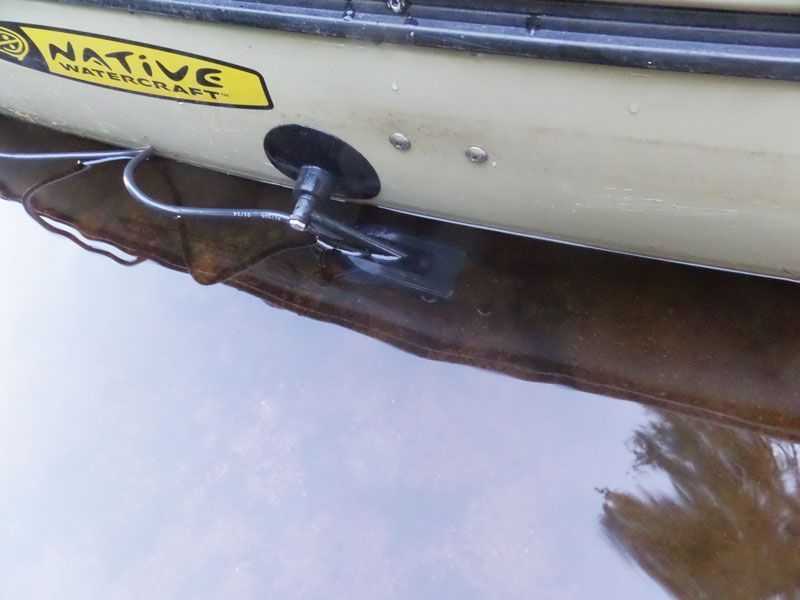By: Joseph Albanese
If you’re like me, you have a venerable armada of vessels. You’ve got a bass boat, an offshore float, a canoe, a rowboat, a kayak and some inflatables. Every one represents a compromise, and you’re not willing to put yourself in anything but the best possible position to catch fish. Don’t worry—this is foolproof logic. At least it works on my fiancé. Or rather, she pretends it does. After some back and forth, it turns out I am OK with it. Please don’t judge me.
If you have a boat, you probably already have a fishfinder. You know how much easier it makes the fish-locating and -catching process. Even if you don’t have a mega cruiser, it is possible to have a quality structure-locating unit. And if you do have a mega cruiser, you can still take that unit out on the canoe or kayak. Here’s how.
Even though you have a half dozen (or more) boats, you don’t need a half dozen fishfinders. As long as the unit isn’t flush mounted on your primary vessel, you can get away with only having one unit. Sure, you will need a separate power source. And you will need at least one other transducer to make this work. But you can turn an afternoon of construction, and some spare parts, into a season of catching fish.
The first steps are finding the necessary parts. If you just purchased a new unit, you already have everything you need. If you are trying to make an existing unit portable, you may only need a new transducer and a power cord. You will need one of those small 12-volt batteries. Steal one from your kid’s Power Wheel or pick one up at the local home center. While you’re there, grab a box to contain that battery. A fuse holder and some caulking round out the material list.
The first thing you will need to do is pick a unit. Get the best you can afford, as resolution can pay big dividends when looking for fish and structure. Also look at transducer types, and get one with an angle that best suits the depth of the water you’ll be in most often. Also think of the vessels you’ll be using this on, and choose a transducer mounting system that works for you. Suction cups seem to be the most versatile.
Most units are at least partly waterproof already, so we just need to keep the connections out of the drink. You’ll also want to keep the battery from getting wet. A good waterproof box serves as great way to accomplish both and provides a good place to mount the head unit. Drill holes in the top so the cords can reach the battery, and seal them with silicone. As soon as that’s dry, head down to your local waterway and catch more fish.
[easy-social-share]

